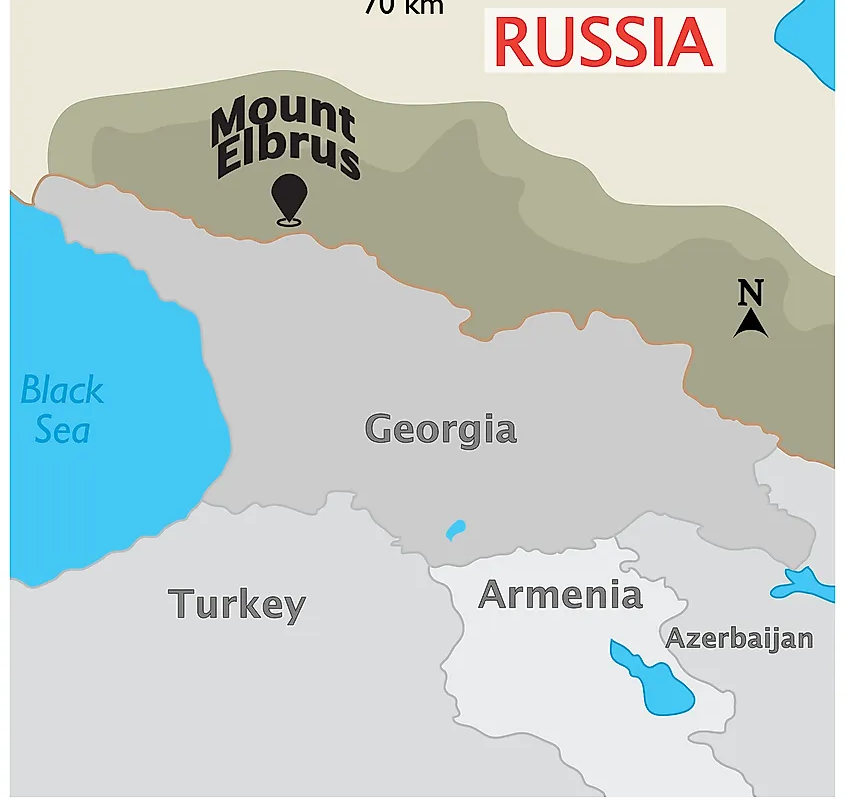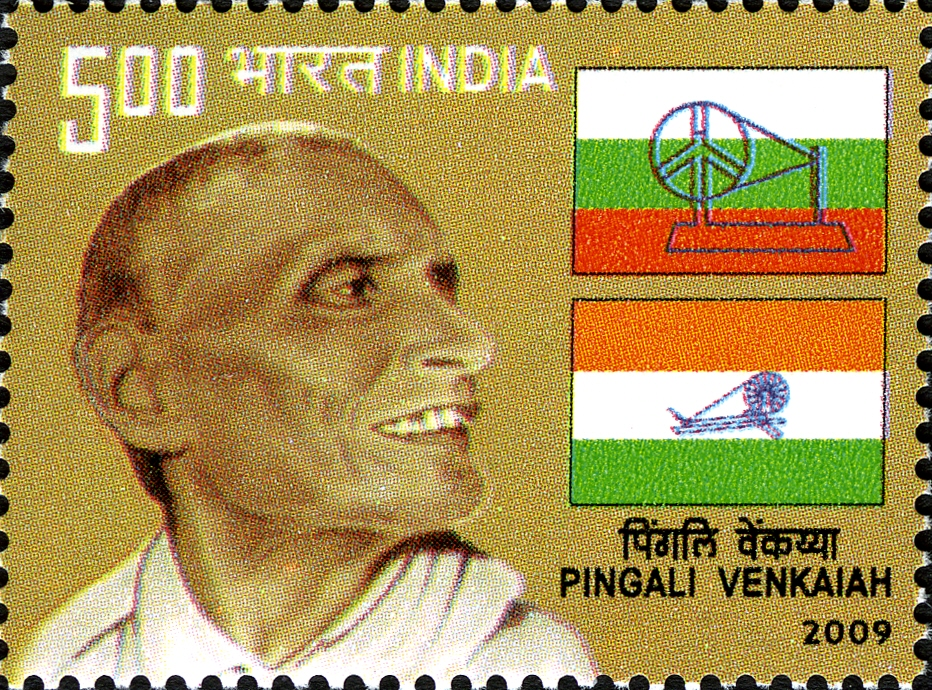Madhya Pradesh Switch to Hindi
Anjana Singh Raises Anti-Drug Banner at Mount Elbrus
Why in News?
Anjana Singh, a 26-year-old from Amarpatan in Maihar, Madhya Pradesh, raised a banner with the message "Nashe Se Duri Hai Zaroori" (Say No to Drugs) atop Mount Elbrus, Europe's highest peak, at 18,510 feet.
- This initiative is part of a broader campaign by the Madhya Pradesh Police to raise awareness about drugs and support recovery for addicts.
- The Maihar Police is also running the 'Prabodhini' program to educate adolescent girls on safety, social risks, and to inspire them to focus on education and career goals.
Key Points
- About Anjana Singh: She reached the summit of Mount Elbrus in about 72 hours and proudly promoted Hindi as the primary language for the banner's message.
- Upon returning from Mount Elbrus, she was honored by senior police officials for her contributions to the anti-drug campaign.
- In addition to her mountaineering accomplishments, Singh serves as the brand ambassador for the 'Beti Bachao, Beti Padhao' campaign in her district.
- This initiative focuses on empowering women and promoting their education and safety.
Mt. Elbrus
- Mt. Elbrus, the summit of the Caucasus Mountains, is located in southern Russia just north of the Georgian border, and is distinguished as Europe’s highest peak (5642 m).
- The Caucasus Mountains form a long (more than 1200 kilometers) and steep spine connecting the Black Sea to the Caspian Sea.
- Elbrus is also an ancient volcano (dormant volcano), although it has not erupted for nearly 2000 years.
- Elbrus’s profile comprises two volcanic peaks (East and West).
- They are popular trekking and mountain climbing destinations; the saddle between them provides access to the region.
Prabodhini Campaign for Adolescent Girls
- The Prabodhini campaign was launched in October 2024 and has since involved extensive outreach to schools and villages.
- It was launched to educate adolescent girls in the district and focuses on safety, social risks, and encourages girls to pursue educational and career goals.
- Police teams visit schools and villages, aiming to raise awareness and reduce the vulnerabilities of young girls.
- As part of the ongoing expansion of the campaign, a WhatsApp group will be created for schoolgirls to create a strong network of informed and empowered young girls who can identify and report abuse, inspiring others to take similar action.
National Current Affairs Switch to Hindi
Birth Anniversary of Pingali Venkayya
Why in News?
On 2nd August, PM Modi paid tributes to Pingali Venkayya on his 149th birth anniversary, highlighting his immense contribution in designing India's national flag, a symbol of the nation's unity, diversity, and independence.
- He also urged citizens to support the Har Ghar Tiranga movement by unfurling the Tricolour at their homes.
Pingali Venkayya
- He was born on 2nd August 1876 in Bhatlapenumarru village, near Machilipatnam, Andhra Pradesh, and passed away on 4th July 1963 at the age of 86.
- He fought the Second Boer War (1899-1902).
- In 1913, he delivered a lecture in Japanese in Bapatla, Andhra Pradesh, called ‘Japan Venkayya’.
- He was also known as Patti Venkayya for his research into the Cambodia Cotton.
- In 2009, a postage stamp was released for his contribution.
Evolution of Flag
- In 1916, Pingali Venkayya published a booklet titled A National Flag for India, featuring nearly 30 designs for a potential Indian flag, inspired by flags of other nations.
- Venkayya’s design for the National Flag was finally approved by Mahatma Gandhi in a Congress meeting in Vijayawada in 1921.
- The initial flag, called the Swaraj flag, consisted of two red and green bands (representing the Hindus and the Muslims religious communities). The flag also had a charkha, which represented Swaraj.
- Mahatma Gandhi advised Venkayya to add a white band to represent peace.
- The Flag Committee (1931) replaced the red with saffron and placed saffron on top followed by white and then green. The charkha was placed on the white band in the middle.
- The colors stood for qualities and not communities i.e., the saffron for courage and sacrifice, white for truth and peace, and green for faith and strength. The charkha stood for the welfare of the masses.
- Post-Independence, a national flag committee under President Rajendra Prasad replaced the charkha with the Ashok Chakra.

.gif)
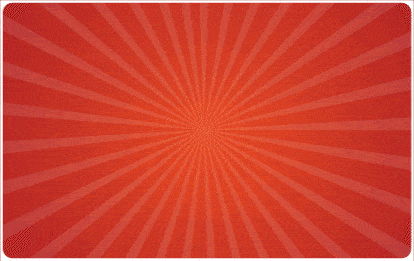
.png)





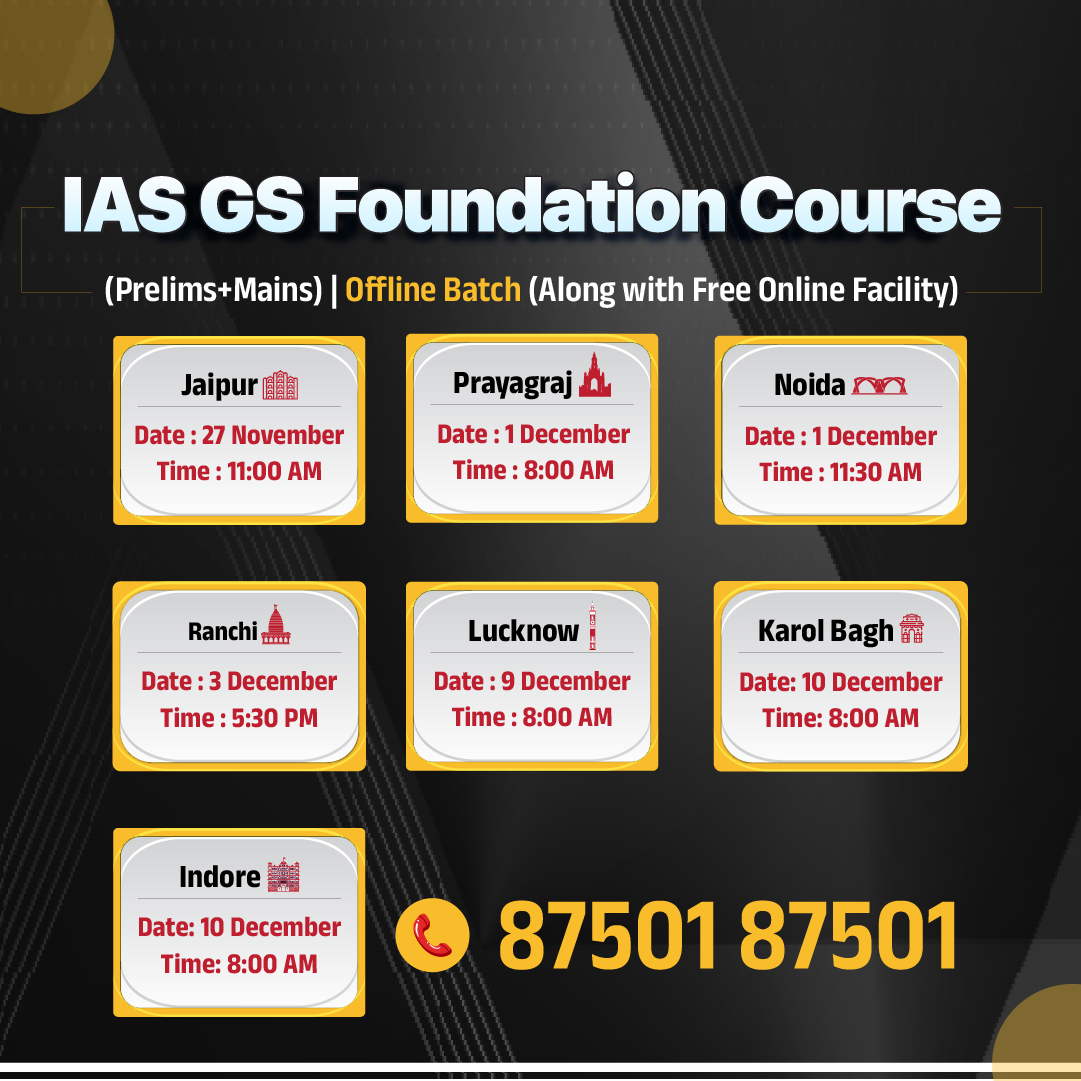



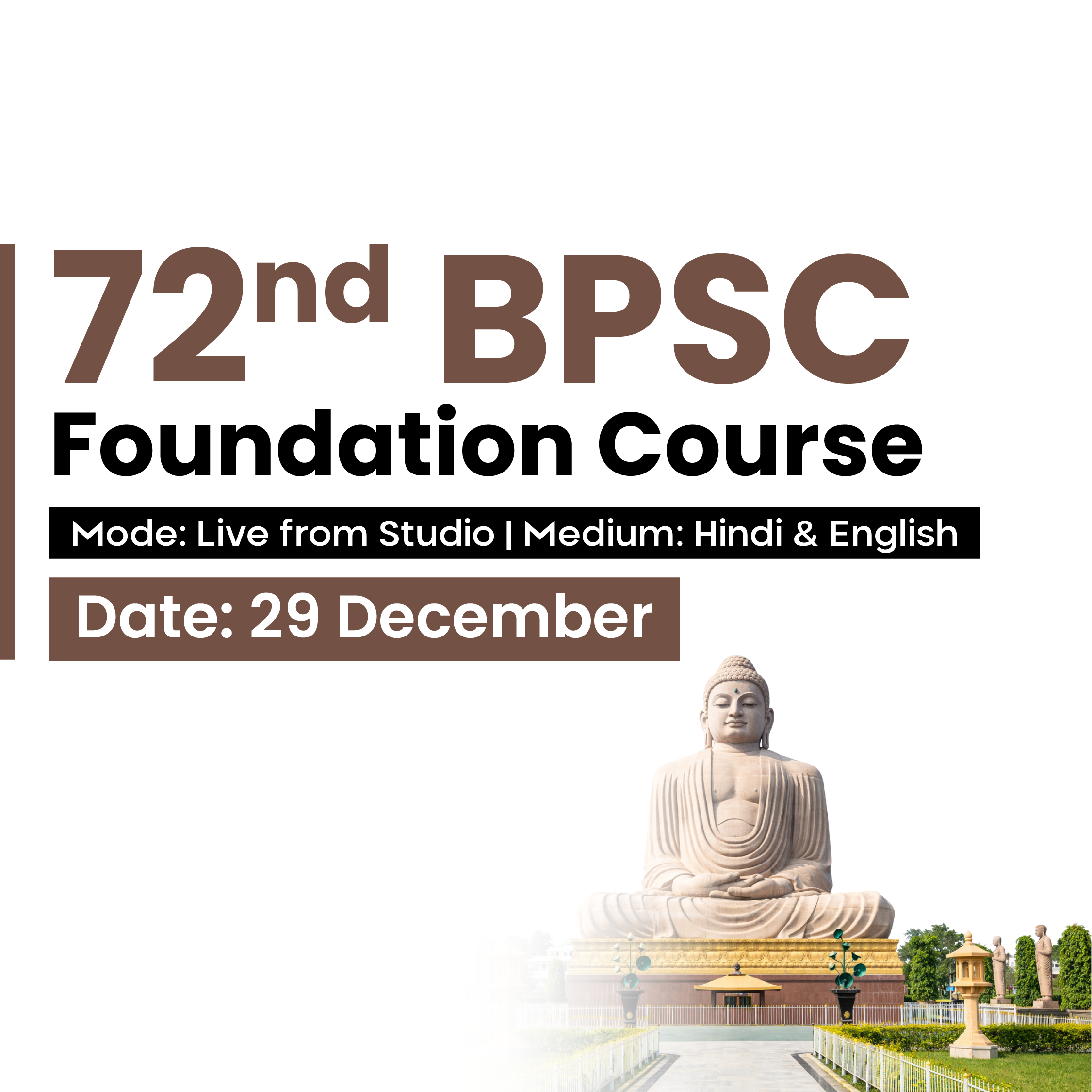

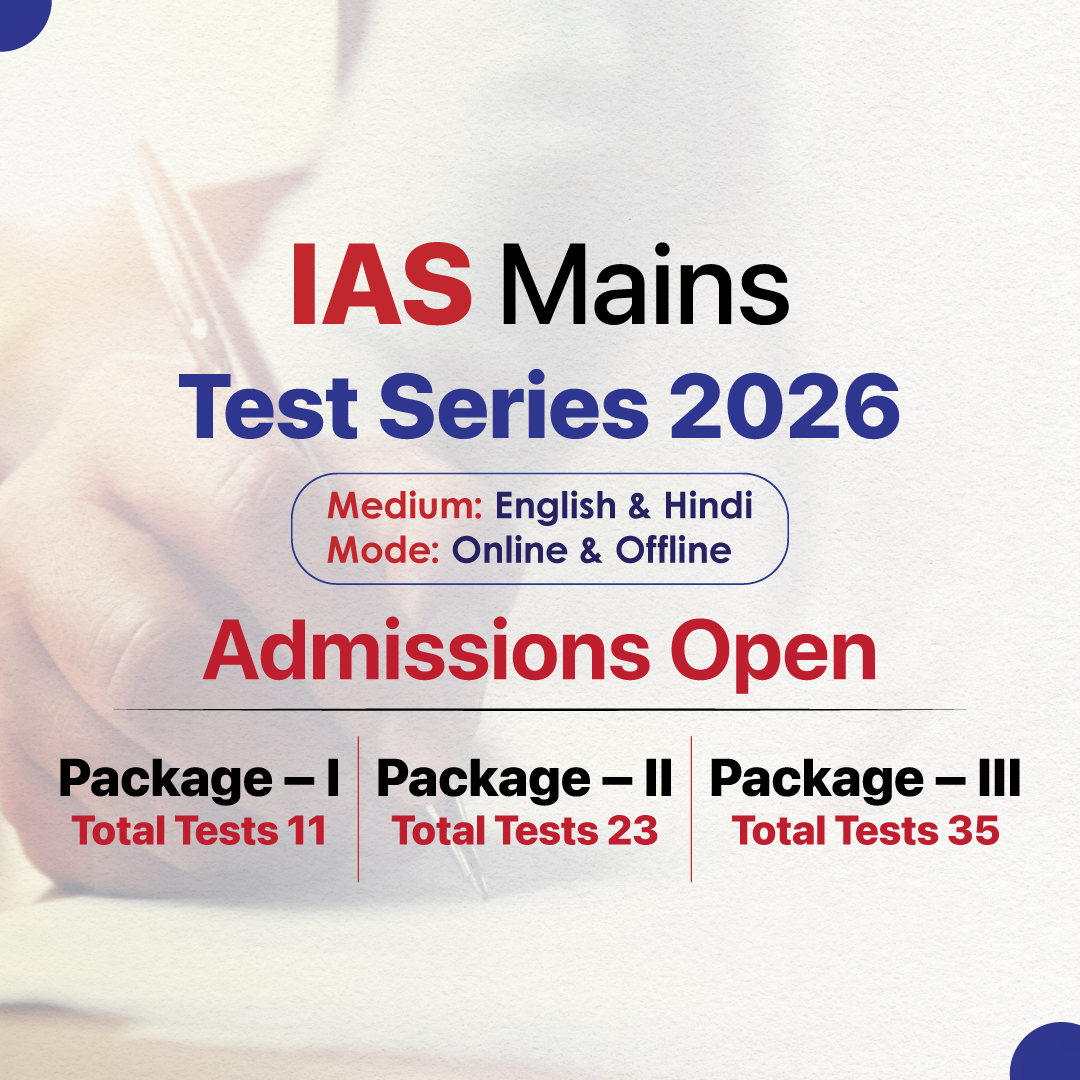

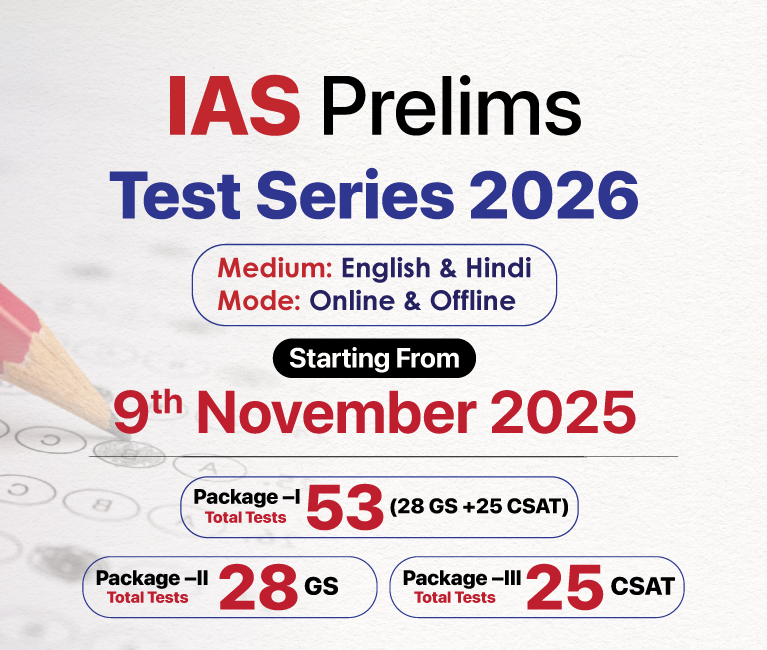


.png)
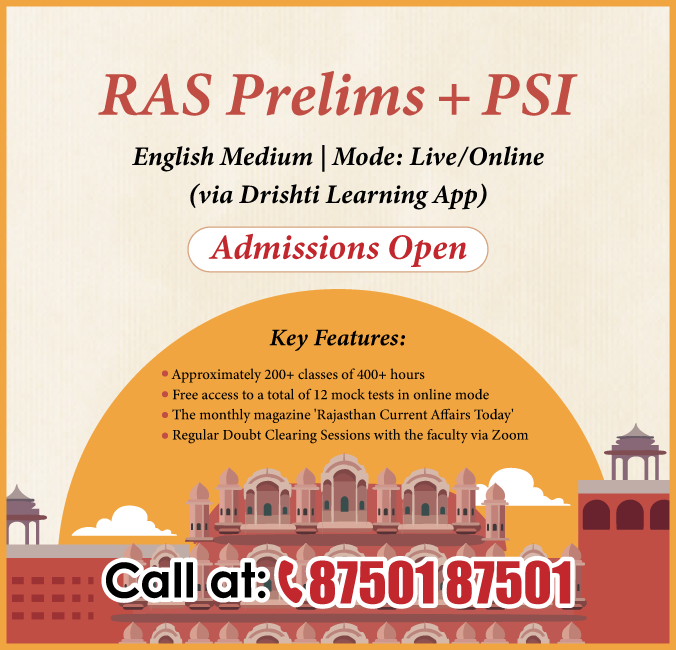

.jpg)



 PCS Parikshan
PCS Parikshan